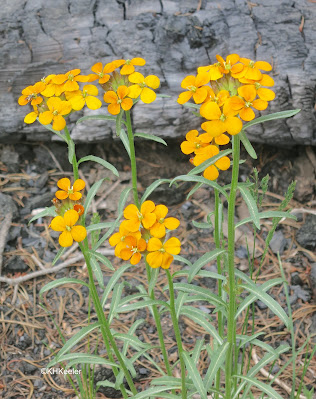We need to revise our attitude toward insects.
It is probably fair to say we've waged war on insects this last half-century in the United States. Insects were generally bad: mosquitos when you ventured outside, cockroaches and ants in the kitchen, caterpillars and grasshoppers in the garden, moths in the stored woolens, weevils in the jar of beans of walnuts. You get the picture.
 |
| bumble bee on echinacea flower |
So we deployed better and better weapons against them, to the point of spraying pesticide around neighborhoods to kill mosquitos. But of course that killed all manner of nontarget insects. (And, very few mosquitos; to reduce mosquitos, drain their breeding puddles.) So today insect numbers are way down. Not just monarch butterflies, but painted lady butterflies, swallowtail butterflies, and many, many more.



